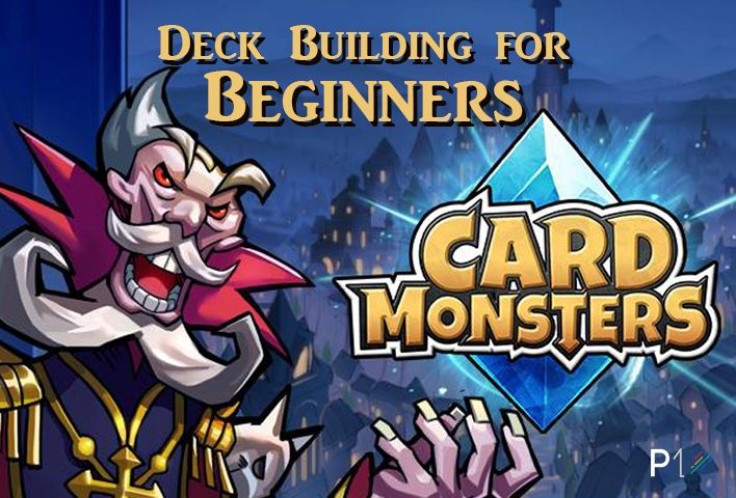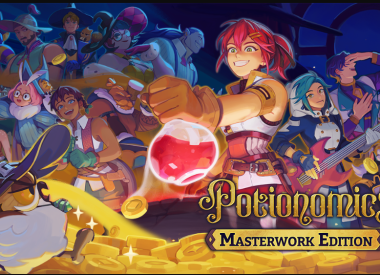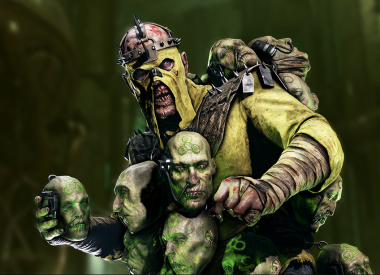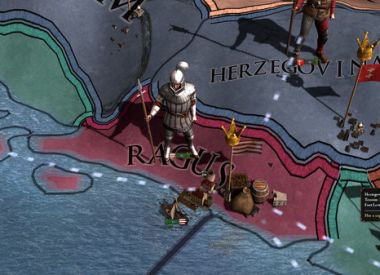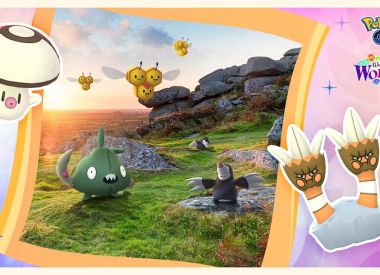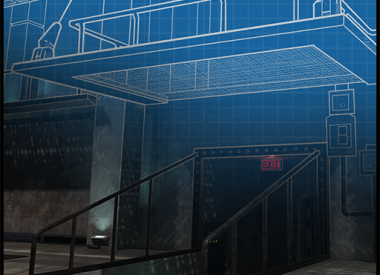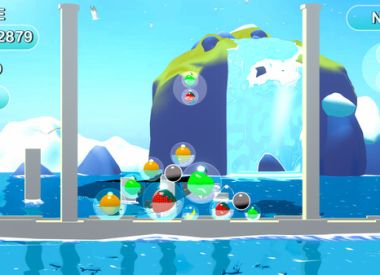Looking for the the best Card Monsters Decks? Check out our beginner's strategy and deck-building tips and tricks guide, here.
Card Monsters: 3 Minute Duels has enjoyed popularity on the iOS app store and online forums for the last week, so we decided to investigate and see what it’s all about. Although there is no shortage of mobile card battlers available to play, this one has gameplay elements that are combined in an interesting and unique way that make pretty enjoyable once you get over the learning curve. If you are new to the card-collecting genre or are struggling to build a good deck in Card Monsters we’ve spent a few hours inside the game and feel we have a decent handle on how to build a winning beginner’s deck. In this article we will feature a deck we’ve been working with and building on, but we want you to know that building your best Card Monsters deck doesn’t require getting the exact cards we have listed. In this article we’ll be teaching you some simple tips and deck building strategies to help you win more battles and move up the ranks no matter what your card collection looks like.
Card Monsters Deck Building Guide: How To Build Your Best Deck Using What You’ve Got

Tip #1: Balance Melee And Ranged Monsters
In each Card Monsters deck, you have slots for 8 monsters and 8 items. When you prepare to build a deck, you want to make sure you aren’t too heavy on one type of card or another. During gameplay you have two spots for Magic/Ranged monsters and one slot for Magic/Melee monsters. I have seen players too many times placing a heavy number of melee monsters in their deck only to find those monsters can’t attack because they are stuck in ranged positions. Generally I’ve kept three melee, four ranged and one chaos/magic character in my deck to keep things balanced. The chaos/magic character is a nice wild card since it can go into any slot. Keeping a balance will ensure you always have a cards in spots where they can attack.
Tips #2: Stick To A Couple Of Colors/Traits
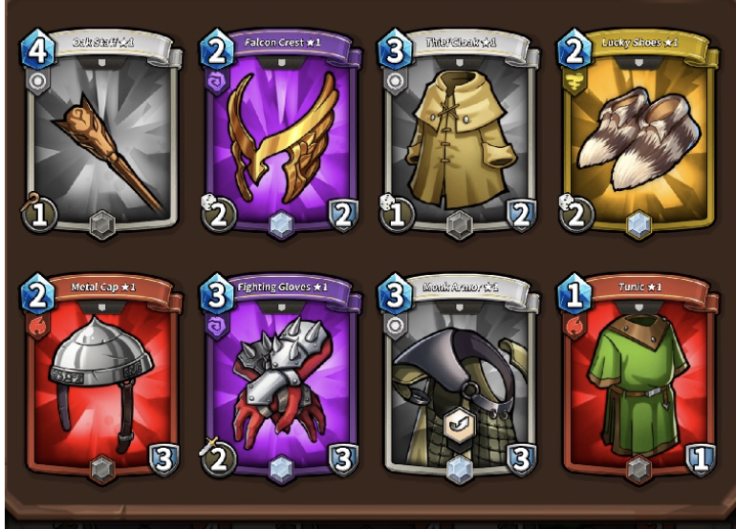
In Card Monsters , your items and monsters fall into several color categories: Red, Green, Blue, Yellow, Purple and Silver. In designing your deck, you may be tempted just to your hardest hitters but you want to be careful not to diversify the colors in your deck too much. I would recommend sticking to 1-3 colors in your deck. This way your items have a greater chance of being useful to your monsters during battle.
Tip #3: Make Sure Items Match Your Character Types
Beyond balancing your monster fighting style and colors, when picking items, make sure they not only match up with your monsters in color but also in fighting style. For example, if most of your yellow characters are ranged, then make sure the yellow items you choose will complement those ranged characters. For example, the yellow fighting gloves in my deck are great for providing armor to my yellow cards, but the two extra attack points it provides are completely useless when equipped on my Vocem Fox because it is a ranged, not melee attacker. You can’t always get the perfect combo, but if you think carefully about complementary combinations, you’ll have a much stronger deck. If you struggle with lining up monsters and items, it may be a good strategy initially to add mostly silver or neutral colored items to your deck or those that provide armor until you get better at analyzing your deck.
Tip #4: Hold Off On Buying Decks Till You Need Them
In the beginning you might be tempted to spend your coins on decks right away. However, for each level you move up in the game, you unlock higher leveled card packs with chances at better and rarer cards. I didn't make any pack purchases until somewhere around Arena level 17. I would recommend maybe buying one pack every time you level up, but definintely try to hold out till you're in higher levels, otherwise you'll end up with a lot of duplicates.
Card Monsters Battle Strategies
In addition to building a good deck, employing some good in-game strategies is useful for advancing to higher arenas. We’ve put together a few things we’ve learned here.

Tip #1: Lay Melee First
Card Monsters has three slots for placing cards and they are placed in order of priority so you have to be careful when deciding what to lay. The very first slot in the game requires withe a Magic, Melee or Chaos character in order to attack. If you followed our guide above for building a good deck, most of the time you will have one of these three types of monsters in your starting hand. If you don’t, and you play first you can forfeit your turn if you’d like. This will give you extra crystals to work with on your next turn, just remember that a card will be sacrificed. If you have a ranged attacker with a high level of health you can place that one in your melee start initially, just try to replace it with a melee monster as soon as possible.
Tip #2: Understand Attack And Movement
Probably one of the most confusing things to begin with during a battle is figuring out who will attack who and where your monsters will move when one is taken out. As mentioned before, you have 3 slots that are numbered. The first in the middle is melee/magic/chaos, the two sides are ranged/magic/melee. The first slot will always be filled first so if it becomes empty, whatever is in your second slot will take its place. If there is nothing in the second slot, then the third will take its place. In terms of attack, melee and magic monsters always attack the monster directly in front of them first, while ranged will prioritize attacking whomever is in the far diagonal corner. Chaos attackers make completely random hits so it’s basically up to luck there. If you keep an eye on attacking orders, though, you’ll be able to plan your defense and offense better.
Tip #3: Keep Track Of Your Health/Damage And Your Opponents
As with most card collecting games, learning to think a few steps ahead is important. For example, if your opponent has a ranged character with two health in the right, then try to place a ranged in the left with at least two damage. When possible, the best strategy is to take out attackers quickly. The more you think about what your opponent will play next, the better you can plan your own attack and defense.
Tip #4: Add Items Carefully
Any crystals not used in the previous round end up rolling over into the next round so be careful about equipping items just because you have crystals to spare. For example, I’ve seen people equip extra damage on 2/2 a ranged monster that wasn’t needed to take out my monster and then the next mover I take them and that extra item out in one shot. This is effectively a waste of their crystals and items. Before adding damage, always assess if it’s needed and if your monster has enough health to make the addition worth it.
Got more great tips and deck-building strategies for Card Monsters beginners? Share in the comments below!

